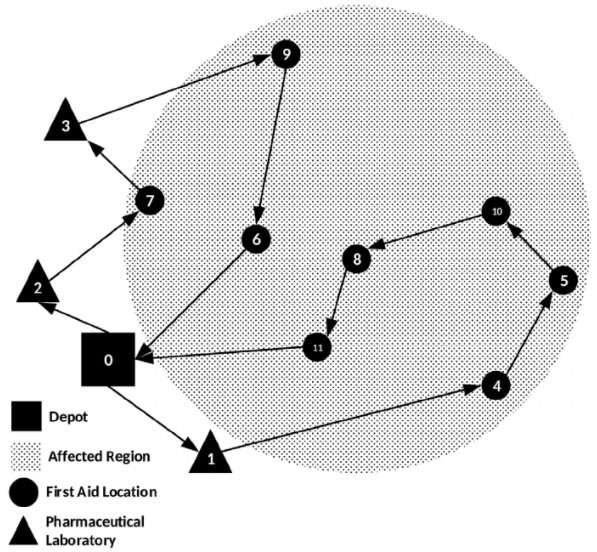Fig. 2. An example of a two-echelon distribution system. Credit: DOI: 10.1111/itor.12796
The rise of e-commerce has increased the amount of transport and product delivery services in cities, turning urban logistics into a critical aspect for businesses and citizens. A thesis developed at the Universitat Oberta de Catalunya (UOC) by Leandro do Carmo, who is graduate of the institution's doctoral program in Network and Information Technologies, and co-directed by Professor Ángel A. Juan, lead researcher of the Internet Computing & Systems Optimization (ICSO), group of the Internet Interdisciplinary Institute (IN3), and professor at the Faculty of Computer Science, Multimedia and Telecommunications, has proposed a new type of intelligent algorithm to improve the efficiency of complex and large-scale activities, such as logistics, transport and telecommunications, which involve large amounts of information that is being constantly updated.
"Improving the efficiency of logistics activities can not only reduce costs for suppliers, but also provide citizens with better services and lower prices and help mitigate environmental problems such as CO2 emissions," explained do Carmo.
Algorithms have been successfully applied in humanitarian logistics
The thesis proposes the agile optimization (AO) paradigm, i.e. algorithms capable of quickly processing large amounts of data to improve decision-making in real time. This approach represents a new perspective in relation to traditional optimization processes, which typically assume conditions that are not dynamic. "Traditional approaches require a reasonably long computational time to find efficient solutions. However, some applications require efficient solutions in under a second," said do Carmo.
According to the ICSO researcher, it is a new type of algorithm that adapts to the dynamism of the real world and the constant evolution of its conditions. "Taking freight transport as an example, routes could be optimized by taking into account new information about traffic and weather conditions. AO algorithms can be properly applied in these types of contexts that require the system to be recalculated and optimized in real time, as new data are added," he explained.
This novel approach is very flexible and combines biased and randomized heuristics (capable of running very quickly) with parallel computing. In other words, they can be run in different parallel subprocesses to generate feasible, high-quality solutions in real time.
In the thesis, this new paradigm was successfully applied to humanitarian logistics, where first-aid items have to be delivered urgently to disaster areas, and to telecommunications systems. "In such cases, the devices have to be reconnected to the telecommunications antennas every time the device changes location in order to guarantee the quality of the service to users. This new approach would solve the problem of frequent reassignments being required as users move," he said.
Algorithms tested in the first stage of the COVID-19 pandemic
Specifically, the researchers applied the algorithms designed to optimize logistics for the collection from homes and businesses, and delivery to hospitals, of products—such as visors—designed by volunteer makers at the start of the pandemic as part of the Corona Makers project. "We thus addressed an example of a disaster situation in which some items are needed urgently and have to be delivered to first-aid facilities, such as hospitals, as quickly as possible," said researcher do Carmo. "We needed viable high-quality solutions in real time, as every second was crucial for saving lives. The algorithms were thus applied to telecommunications systems, with devices and antennas that had to be connected efficiently as devices moved around a geographic area. This has to be a quick and efficient procedure in order to ensure the quality of the service provided to users," added the researcher in relation to their technological contribution to the fight against the pandemic.
The next step of this research is to apply these concepts in the context of shared modes of transport, such as carpooling, ridesharing and carsharing. One of the challenges for optimizing this type of activity is how to deal with new users being added during the journey when there are already passengers in the vehicle. The application of this new type of algorithm would allow the route plan to be updated in real time, taking into account both new and existing passengers, shortening journeys, avoiding delays and interruptions and, in the long term, even increasing people's well-being. "Improving the efficiency of these systems also has an impact on health since, by reducing transport time, not only do users and providers benefit from lower costs and prices, but people's quality of life is also improved by minimizing CO2 emissions," he concluded.
More information: Leandro do C. Martins et al, Agile optimization of a two‐echelon vehicle routing problem with pickup and delivery, International Transactions in Operational Research (2020). DOI: 10.1111/itor.12796
Provided by Universitat Oberta de Catalunya
























